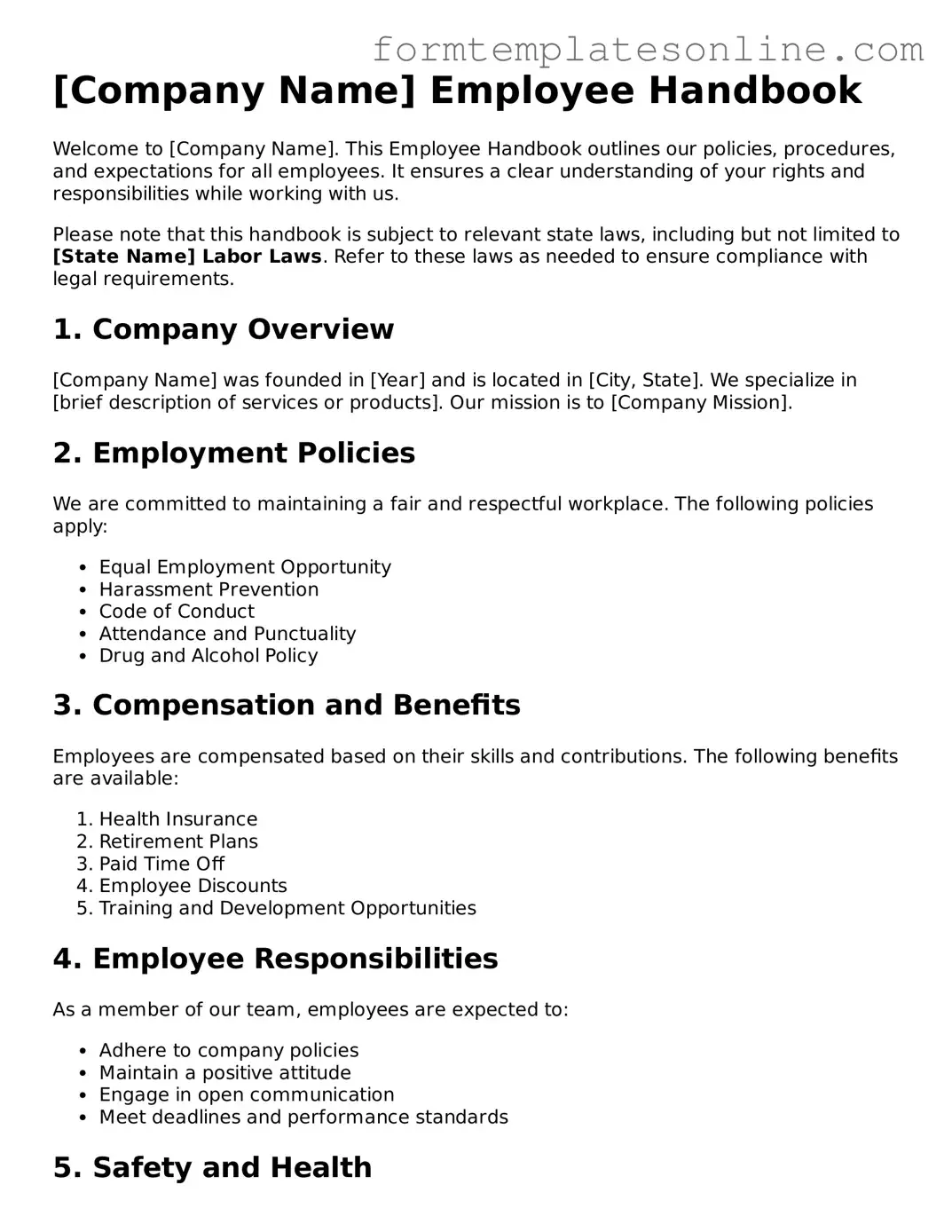What is an Employee Handbook?
An Employee Handbook is a document that outlines the policies, procedures, and expectations of an organization. It serves as a guide for employees regarding company rules, benefits, and workplace conduct. This handbook is essential for fostering a clear understanding between the employer and employees about their rights and responsibilities.
Why is an Employee Handbook important?
The Employee Handbook is important because it helps establish a consistent work environment. It provides employees with information about company culture, operational procedures, and legal obligations. This document can also protect the organization from potential legal disputes by ensuring that employees are aware of their rights and the company’s policies.
Who should receive a copy of the Employee Handbook?
All employees should receive a copy of the Employee Handbook, including new hires and existing staff. It is crucial that every employee understands the policies and procedures outlined in the handbook. This can be done through orientation sessions or by distributing the handbook electronically or in print.
How often should the Employee Handbook be updated?
The Employee Handbook should be reviewed and updated regularly, at least annually. Changes in laws, company policies, or organizational structure may necessitate updates. Regular reviews ensure that the handbook remains relevant and compliant with current regulations.
What should be included in the Employee Handbook?
Key elements of an Employee Handbook typically include company history, mission statement, code of conduct, employment policies, benefits information, and procedures for reporting grievances. Additionally, it may cover topics such as attendance, dress code, and workplace safety guidelines.
Can an Employee Handbook be legally binding?
An Employee Handbook is not typically considered a legally binding contract. However, certain statements within the handbook may create enforceable obligations if they are clear and specific. It is advisable to include a disclaimer stating that the handbook does not constitute a contract of employment.
What should an employee do if they have questions about the Employee Handbook?
If an employee has questions about the Employee Handbook, they should reach out to their supervisor or the human resources department. It is important for employees to seek clarification on any policies or procedures they do not understand to ensure compliance and alignment with company expectations.
What is the process for acknowledging receipt of the Employee Handbook?
Employees are typically required to sign an acknowledgment form indicating that they have received and read the Employee Handbook. This form should be retained in the employee’s personnel file. Acknowledgment helps confirm that employees are aware of the policies and can be held accountable for following them.
